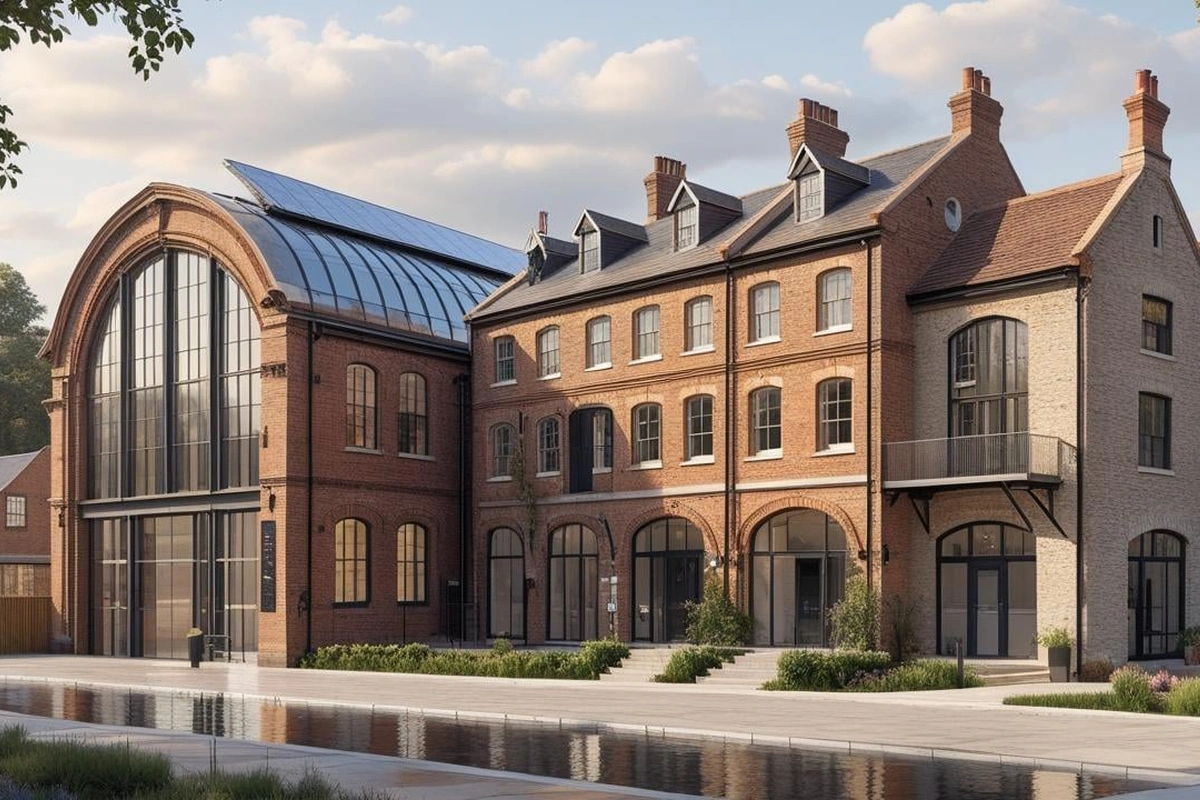The climate crisis isn’t just a threat to our future; it’s also impacting existing historic fabric. From coastal erosion swallowing ancient sites to changing soil conditions affecting buried archaeology, heritage is on the frontline. But rather than passively observing, archaeologists and heritage professionals are actively adapting.
At Archway Heritage, we understand the unique intersection of climate change and heritage. Here are 3 crucial ways of responding to a changing world:
Rapid recording and rescue archaeology
When sites are facing imminent destruction from climate change impacts, like accelerated coastal erosion, full excavation might not be possible. Instead, the focus shifts to rapid recording techniques – using drones, laser scanning, and detailed photography – to capture as much information as possible before it’s lost.
Illustrative Example: The work of the SCAPE Trust in Scotland, documenting and advocating for vulnerable coastal archaeological sites, perfectly demonstrates this proactive approach to recording threatened heritage, often involving community volunteers in the process.
“Managed retreat” and strategic decisions
Sometimes, protecting a site in situ against the overwhelming forces of nature, like rising sea levels, is simply not feasible. “Managed retreat” involves making difficult but necessary decisions: should we record it, move key elements, or allow nature to take its course while preserving the knowledge? This is increasingly relevant for sprawling industrial landscapes that are now at risk.
Think: While not a single project, the ongoing assessments for sites on Historic England’s “Heritage at Risk” register, particularly those identified as vulnerable to climate impacts, involve these strategic discussions about long-term viability and the most responsible course of action.
Climate-conscious development and watching briefs
New development can inadvertently exacerbate climate impacts on buried archaeology. For instance, altering drainage patterns in a historic landscape or building in flood-prone areas can lead to the deterioration of organic archaeological remains.
Action Point: We advocate for thorough archaeological assessment during planning stages. This often includes targeted “watching briefs” – archaeological monitoring during construction – which, though less publicised, are vital for understanding and mitigating potential climate impacts on subsurface heritage. These small-scale interventions provide critical data for future climate-resilient planning.
The climate crisis is forcing us to redefine our relationship with heritage, moving from passive preservation to active adaptation. By embracing these evolving strategies, we ensure that the invaluable lessons of the past informing our future. Contact Archway Heritage for expert advice on archaeological and heritage assessments in a changing climate.


No Responses